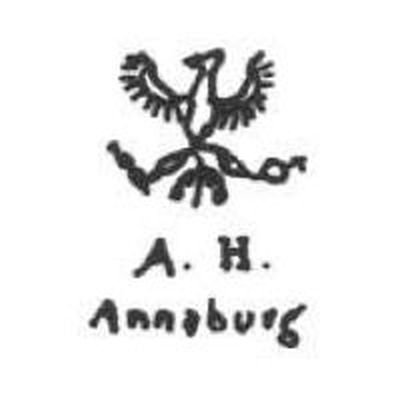
Image 0110-002-02-01
Used between 1883 and around 1923, eagle with scepter and orb above initials of Adolf Heckmann, found with or without "Annaburg".
The original factory, the Annaburger Steingut-Manufactur, was established in 1874. It employed ten workers and utilized a single kiln, but business did not run well due to the fact that the people involved missed the knowledge and experience. Note that no marks are known from this period.
Business was taken over by the older industrial Adolf Heckmann in 1883 and business increased nearly instantaneously, allowing the factory to soon utilize four round kilns with a volume of 80 cubic meters each. Adolf Heckmann made plans very early to convert the firm into a corporation as to ensure further business after he retired as there was nobody that could inherit the factory because his three sons Bernhard, Max and Willy Heckmann were not interested as they had other plans in mind. At the time of company transformation, the factory had an estimated value of 1 million Goldmark and utilized twelve kilns, producing a large array of stoneware items, art pottery and figures. Company premises covered a total of 220,322 square meters, including housing and apartments for emloyees. While the Heckmann business became a corporation his sons in 1897 founded their own factory, a combined stoneware and glass factory named Steingutfabrik AG in the small town of Sörnewitz near Meißen; Sörnewitz itself later became part of the town Coswig.
After transformation the main shareholders were the business of Carl Untucht & Co. (explained further below) next to the businessmen Gustav Müller and Hans Untucht, both living in Annaburg. For now, just hold in mind that we will be talking about a total of three family members named Untucht. Anyway, at first everything continued normally, however the effects of the lagging German economy around 1899 until 1901 caused a little trouble. Minor changes to the product range including the presentation of various household goods like washbasins and milk pots with Zwiebelmuster (Blue Onion) decoration helped, followed by the introduction of airbrush/stencil decorations after Emil Sauerbrei in 1903 joined the Annaburg company with all his knowledge that he had acquired during his time working for Rosenthal. At that time the factory employed up to 500 people and even setbacks like a fire which nearly gutted the main building on January 24th 1905 could not stop business. The business employed around 600 people in 1906 and had a modern tunnel kiln for high-quality stoneware installed in 1909. A few years later the situation had changed and the corporation was one of many looking for new markets and new employees that could increase business. One of these people was Friedrich Carl Untucht who later joined the corporation as director.
The businessman Friedrich Carl Untucht was born on May 10th 1870 in the city of Magdeburg and was the only child of Carl Untucht (*1835, †1906), owner of the Carl Untucht & Co. spirit refinery business in Magdeburg which had been founded 1876 and had its main office in Berlin. Friedrich had learned the trade working for his father and had joined his company as a partner shortly before his father died in 1906. The young businessman Untucht, looking for a challenge, started to expand business and by the year 1913 all spirit produced in and around Magdeburg came from the facility of Carl Untucht & Co., his greatest achievement being the takeover of the Dschenfzig'schen Melasse- & Spiritusbrennerei which secured Untucht a monopolistic position on the market.
But he would not have been so successful if he had not been very interested in politics and its surroundings and so he was one of the first to realize the changes that would soon take place. Some representatives had been talking about a new law which would result in a total state control on spirits, the so-called Branntweinmonopolgesetz. To secure his income and the future of his business, he had bought the area next to the family business shortly after his father died and started to run a small earthenware facility, which mainly produced earthenware bottles used to hold various spirits and beer. Needless to say, Untucht was also a board member of the Bodenstein AG Magdeburg corporation, a brewery owned by Theodor Franz Julius Bodenstein. All his previous success and experience with earthenware simply predestined Untucht as director of the Annaburger Steingutfabrik.
As director Untucht instantly restructured parts the business and thus was able to rapidly increase quality and output, leading the company to unknown heights. After a very short time he even reached a majority in shares and took over the business during 1919/1920, including his former earthenware facility in Magdeburg into the corporation. That helped to cope with the rising demand, as the complete business now produced mainly for export purposes. There are no further records on the actual growth of the business and the only numbers known are that in 1918 the number of employees had dropped to around 300. In 1925 that number had further decreased to 230 only to rise to around 600 again until 1928 due to the economic upturn. That number once again fell to 270 in 1934 due to the effects of the Great Depression.
Over the time the facilities in Annaburg and Magdeburg drastically increased their product range, later including lamp bases, vases, planters, washing sets, kitchen utensils and basic tableware as well as classy tableware and coffee or tea sets. All items were decorated at the decoration studios which had their own building on the premises, using various on-glaze and underglaze decorating techniques like templates and airbrush stencil techniques as well as traditional hand painting.
As a full-fledged businessman Untucht had always been very observing also in political areas and he very early recognized the danger that the National-Socialist party posed for Germany. His experience and knowledge told him that a war would drastically decrease the German economy, no matter what the Nazi propaganda told people. But he did not live to see the outbreak of World War II; Friedrich Carl Untucht died at the age of 69 in Braunlage, a small town in Saxony-Anhalt and the company remained in the hands of the fellow directors Hans Untucht and Schäfer who saw the factory through the dire war period. The factory was damaged during the war years and even if the collapsing economy shortly before the end of the war caused some minor periods of closure, it managed to survive the war. The stress on Hans Untucht however proved too much for him, with dire consequences - he committed suicide on July 9th 1945.
Especially the pre-war employees Böhme, Heinrich, Kampfhenkel, Pfund and Sauerbrei were heavily involved in the rebuilding process that followed the end of the war, a fact later stylized into a typical socialistic workers' hero propaganda story. Truth was however that not the named group of five in some 'glorious socialistic effort' restarted work all on their own, they were only five of the remaining 40 workers in Annaburg. While the first months were spent clearing up, repairing and partially rebuilding the factory, the main problems remained the supply with urgently needed chemicals and of course coal for firing the small round kilns. By 1946 the factory had around 150 employees again and that count passed the mark of 200 people in 1947 while it even more increased to 350 in 1948 after the large tunnel kiln could finally be taken into operation again.
During the first post-war years the factory produced large varieties of urgently needed household items and after the founding of the G.D.R. in October 1949 the company was nationalized and continued business with mainly the same products, successfully growing and finally employing 456 people in 1956. One reason why people fail to find any marks from this period is that the factory mainly operated as subsidiary for the VEB Colditz and so the known marks were either dropped completely or the Annaburg name integrated into others, creating unusual marks like the 'CP Annaburg Sitolan' mark introduced 1969. Sintolan itself by the way was a new type of improved fine stoneware (or 'half-porcelain' as it was then called) that had been invented at the Colditz plant and that successfully combined the positive features of both stoneware and porcelain. Producing this new material however required a modern tunnel kiln and after that had been installed the old tunnel kiln was upgraded from coal to gas use, allowing an improved parallel production of both classical stoneware and Sintolan items with up to 550 employees near 1988.
Next to the commonly used name of VEB Annaburg Porzellan, the official name (read as: officially used in combine structure plans, etc.) of the factory itself changed pretty often over time, mostly based on internal changes of the combine structure. Not wanting to confuse people by adding each as single section header, the different names should at least be mentioned once:
1946: Annaburger Steingutfabrik
1947: Industrie-Werk Sachsen, Annaburger Steingutwerk
1948: VVB der Bau- und Baustoffindustrie Sachsen-Anhalt, Annaburger Steingutfabrik, Annaburg / Kreis Torgau
1949: VVB (G) Baustoffe Sachsen Anhalt, Annaburger Steingutfabrik, Kreis Torgau
1950: VVB Keramik, Annaburger Steingutfabrik, Annaburg / Kreis Torgau
1953: VEB Steingutwerk Annaburg / Kreis Jessen
1970: VEB Porzellankombinat Colditz, Werk Annaburg
1973: VEB Sintolanwerk Annaburg, Betrieb des VEB Porzellankombinat Colditz
1980: VEB Vereinigte Porzellanwerke Colditz, Werk Annaburg
By 1989 the factory not only produced for the local market but also served a total of 28 different countries and the backing from foreign customers which filled the order books helped the factory survive the next few years. After the fall of the German Democratic Republic in 1989, VEB Annaburg Porzellan was integrated in the Treuhandanstalt program that had been established by the West German government to support and restore former East German companies through reprivatization. Factories in this program were completely turned inside out in a brutal effort to modernize, optimize and restructure existing facilities and thus hauling them up to the same effectivity and productivity levels as their West German counterparts. More than once this could only be achieved by massive cutbacks on the employee side and at this time the Annaburg factory lost nearly all of its former workers as over 500 of them were dropped; during this period the factory was also renamed into Annaburg Porzellan GmbH.
The Treuhandanstalt decided to close the factory on December 31st 1991 as no investor could be found, but shortly before that deadline was reached the CERAPLAN GmbH in Bavaria showed interest. Meetings between Treuhandanstalt, CERAPLAN and the Annaburg factory followed and on July 1st 1992 the privatized company was finally released from the Treuhandanstalt and taken over by CERAPLAN. Modernization and massive redevelopment together with new organisation structures enabled the new owners to lead the whole factory into a new period of economic upturn. The company adapted to the demands of both local and foreign markets and not only produced tableware and hotel porcelain but also introduced a range of special bathroom accessories and gifts. A cafe, a museum and a painting school were also been opened on the premises and the factory soon employed 80 people again, being the only remaining porcelain tableware factory in the Saxony-Anhalt region. Another milestone in the company history was created in form of a new material for hotel- and restaurantware: an impressive inhouse development called "CORDOFLAM", registered and introduced in December 2010. This "more-than-ovenproof" material exceeds the normal requirements by far and can even cope with quick temperature changes of over 400° Celsius, a fact demonstrated by dipping a pre-heated item with such a core temperature into a basin with ice water without damage to both item or glaze.
All original euphoria could however not stand up against reality for long. As all German factories lost more and more ground due to the constantly increasing cheap imports, one factory after the other was eventually forced to give up. On May 13th 2015 managing Director Peter Ploss filed for bankruptcy at the court in Dessau-Roßlau; Annaburg Porzellan officially closed in August 2015.
Next to the directly sold Annaburg items there are also items around that this factory made for other companies, like for example the US importer GMT & Bro.; one of these container sets shows the Annaburg eagle mark above "397" over "Delft" in addition to the GMT mark with item code "2851". Also note that there are various decorations known by both name and number, for example "Renate" (№·342), "Holland" (№·355), "Delft" (№·397), "Netze" (№·434), "Cöln" (№·446), "Thorn" (№·508), "Cardinal" (№·515), "Freya" (№·533), "Torgau" (№·542) or "Neisse" (№·543) but these are by far not all; one series produced by the Annaburg factory was only known as "Marlene", the name standing for both the form and the decoration.
At least two marks are evading me: the first is an eagle above the initials "A St A", the second an eagle above the ligated initials "A S AG". Both marks were in us between 1895 and around 1923.

Image 0110-002-02-01
Used between 1883 and around 1923, eagle with scepter and orb above initials of Adolf Heckmann, found with or without "Annaburg".
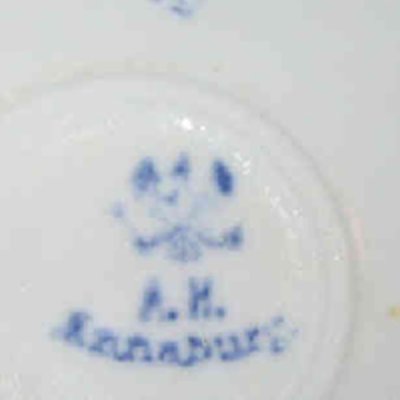
Image 0110-002-02-02
Used between 1883 and around 1923, same as before, example with "Annaburg".
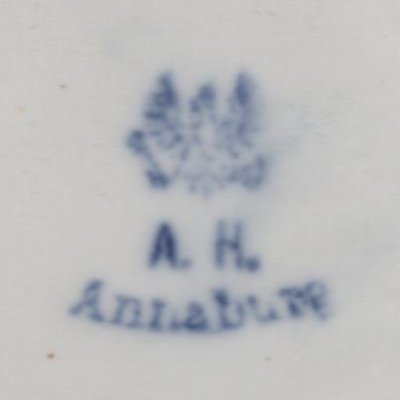
Image 0110-002-02-03
Used between 1883 and around 1923, another example with "Annaburg".
(Picture: June Jefferson)
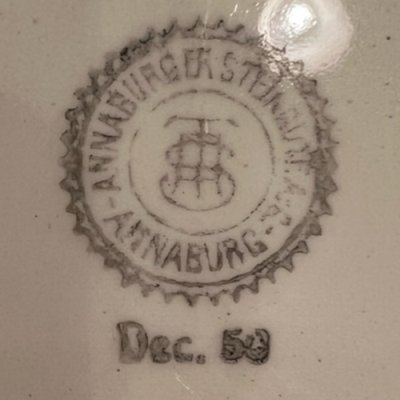
Image 0110-002-03-01
Used between 1897 and 1917, reads "Annaburger Steingutf.-AG".
(Picture: Christine Sundberg)
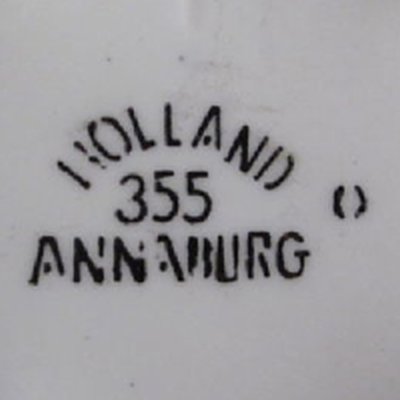
Image 0110-002-03-02
Used between 1915 and 1925, here with "Holland" and "355".
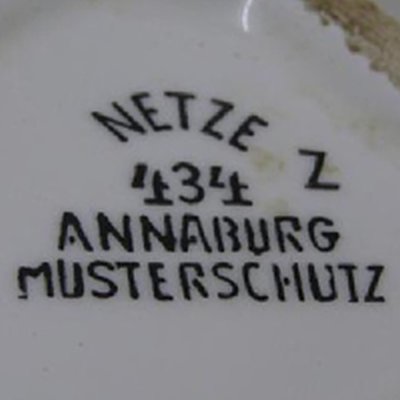
Image 0110-002-03-03
Used between 1915 and 1925, here with "Netze" and "434".
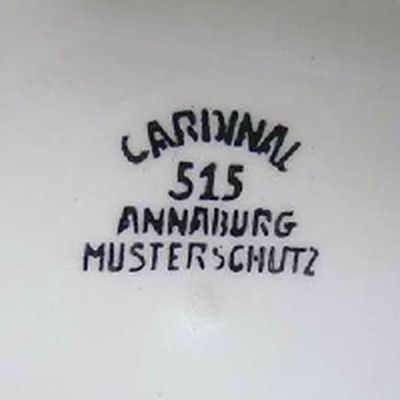
Image 0110-002-03-04
Used between 1915 and 1925, here with "Cardinal" and "515".
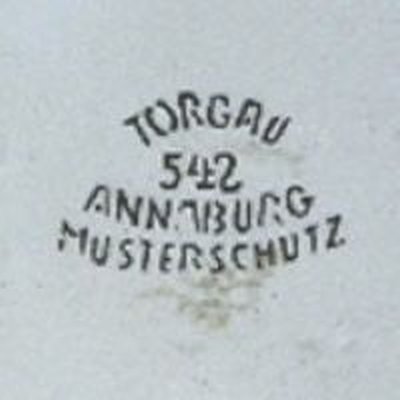
Image 0110-002-03-05
Used between 1915 and 1925, here with "Torgau" and "542".
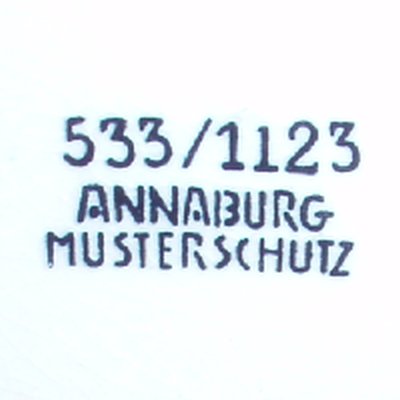
Image 0110-002-03-06
Used around 1920, decoration number "533" next to the mold number, "1123".
(Picture: David Lofton)
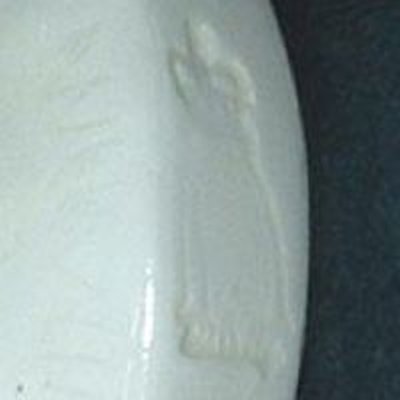
Image 0110-002-03-07
Used 1920 to 1930 (some say 1945), an impressed version with "Annaburg".
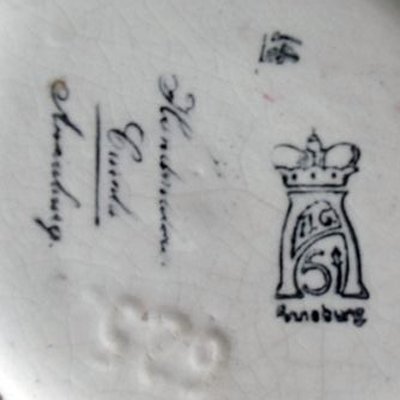
Image 0110-002-03-08
Used 1920 to 1930 (some say 1945), with a handwritten addition.
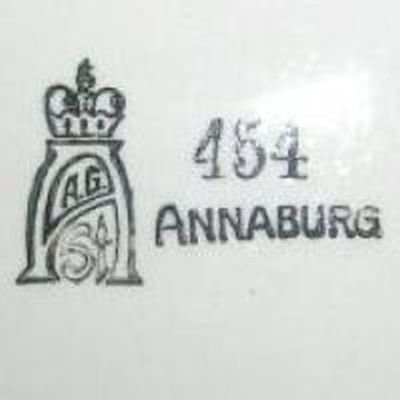
Image 0110-002-03-09
Used 1920 to 1930 (some say 1945), here with the "454" decoration code.
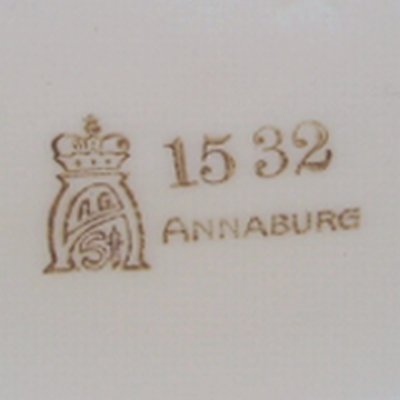
Image 0110-002-03-10
Used 1920 to 1930 (some say 1945), here with the "1532" item code.
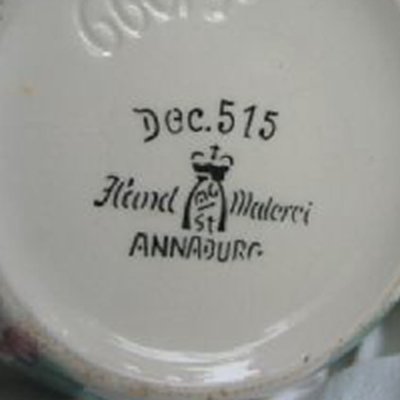
Image 0110-002-03-11
Used 1920 to 1930 (some say 1945), here just with "Dec. 515" noting the "Cardinal" decoration.
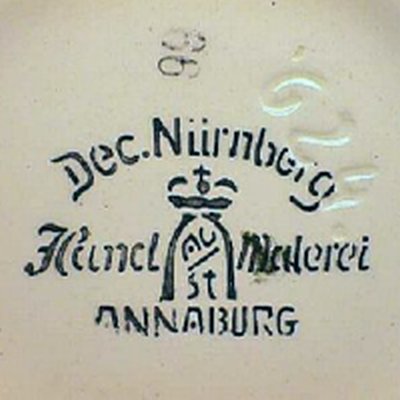
Image 0110-002-03-12
Used 1920 to 1930 (some say 1945), here with "Dec. Nürnberg" noting the decoration.
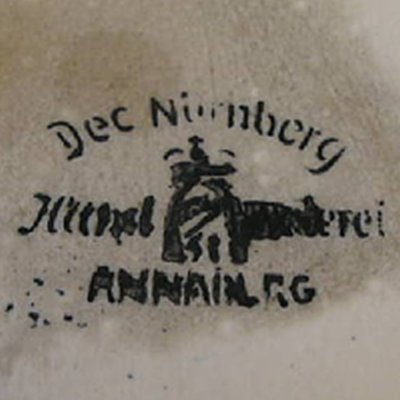
Image 0110-002-03-13
Used 1920 to 1930 (some say 1945), example showing that even smudged marks passed quality control.
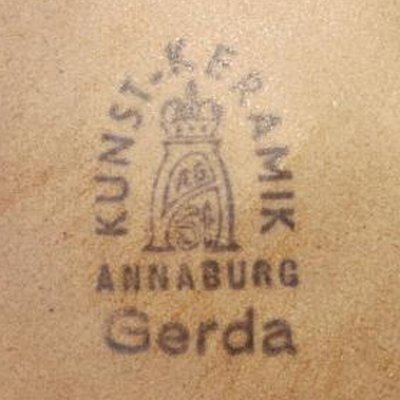
Image 0110-002-03-14
Used 1920 to 1930 (some say 1945), here on a "Gerda" item from the "Kunst-Keramik" line.
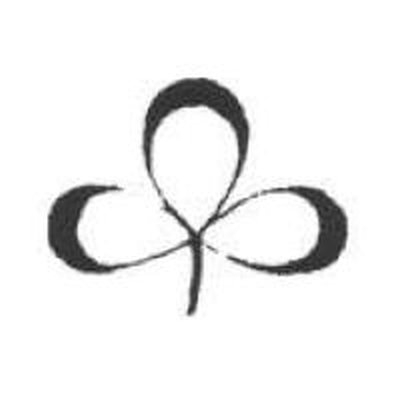
Image 0110-002-03-15
Used between 1922 and 1945, the three-leafed floral .
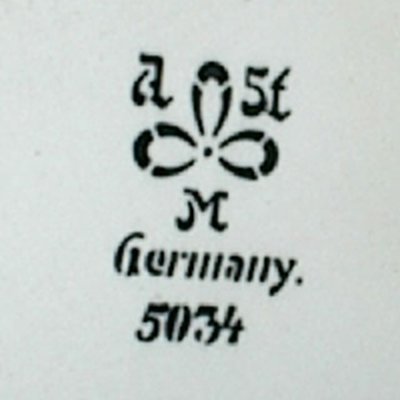
Image 0110-002-03-16
Used between 1922 and 1945 at the Annaburger Steingutfabrik subsidiary in Magdeburg used after 1922 ("5034" is the item code).
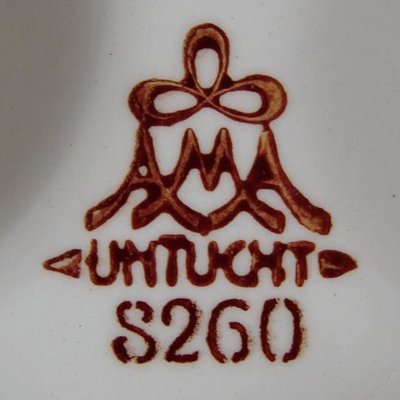
Image 0110-002-03-17
Used around 1930 at the Annaburger Steingutfabrik subsidiary in Magdeburg for the Carl Untucht spirit refinery.
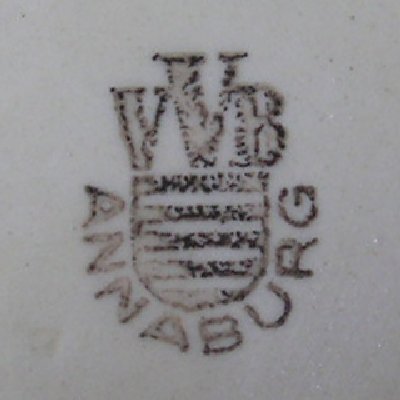
Image 0110-002-04-01
Used between 1948 and 1952, the "VVB Annaburg" mark.
(Picture by Carsten Mehl)
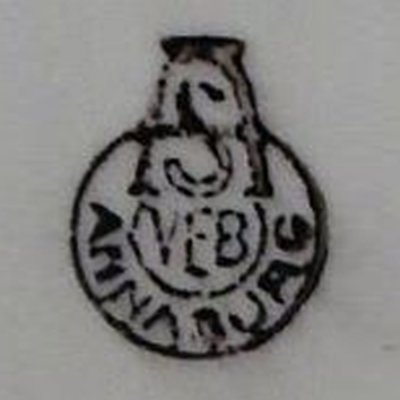
Image 0110-002-04-02
Used around 1953, early form of the "VEB Annaburg" mark.
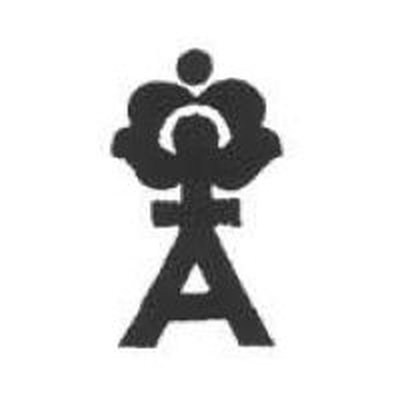
Image 0110-002-04-03
Used between 1957 and 1969, the "VEB Annaburg" mark.
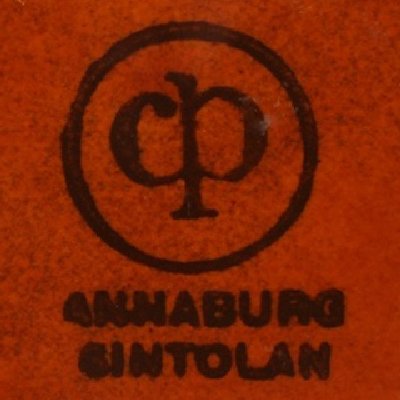
Image 0110-002-04-04
Used between 1973 and 1990, mark used in Annaburg on "Sintolan" items made for the VEB Colditz.
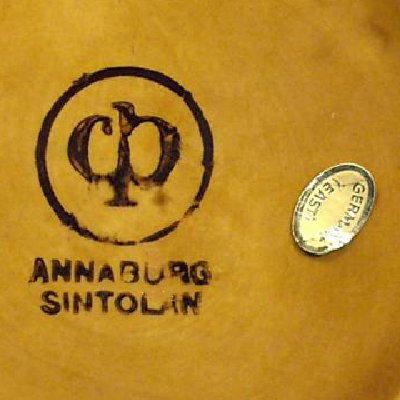
Image 0110-002-04-05
Used between 1973 and 1990, same as before but with oval "Germany (East)" sticker.
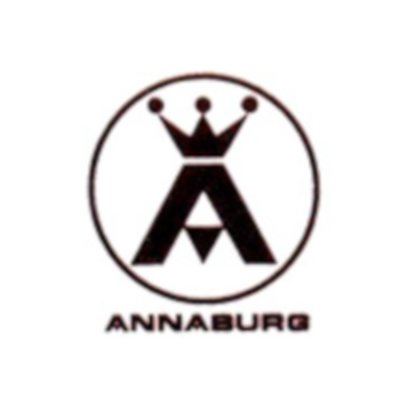
Image 0110-002-05-01
Used since 1990.
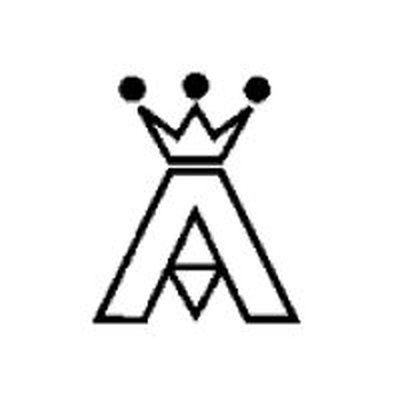
Image 0110-002-05-01
Used since 1992.
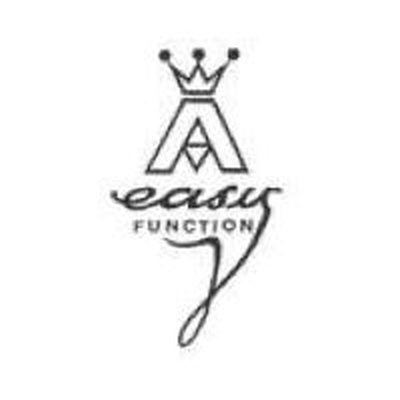
Image 0110-002-05-02
Used since 1992, with "Easy Function" addition.
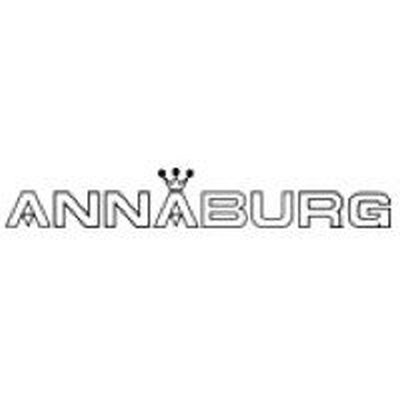
Image 0110-002-05-03
Used since 1992, mostly used on backs of limited editions.
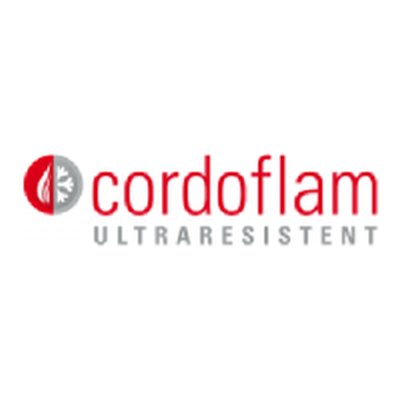
Image 0110-002-05-04
Used since 2010, the "Cordoflam" product logo.
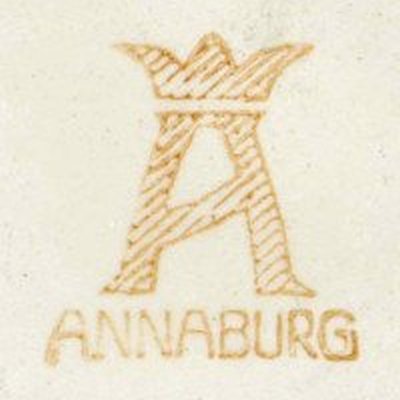
Image 0110-002-00-01
Period of use unknown.
(Picture: Ivan Golksi)
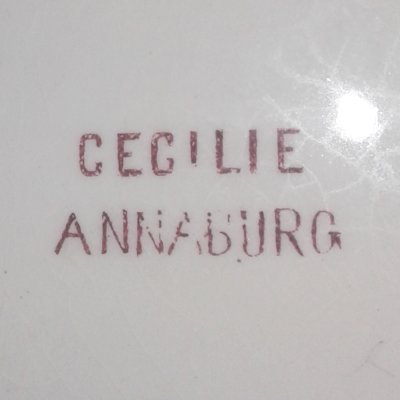
Image 0110-002-00-02
Period of use unknown.
(Picture: Jim Fetzer)
© 2004-2025 C.S.Marshall, all rights reserved